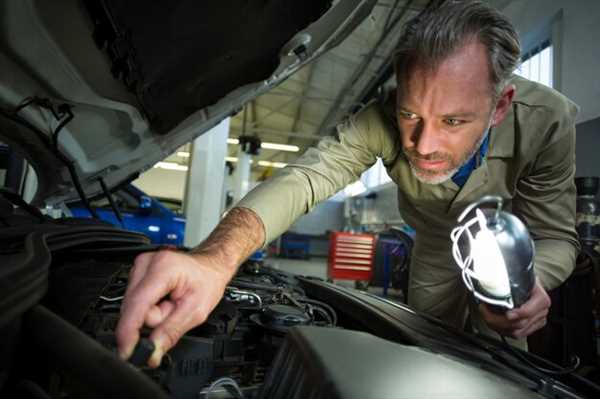
Prioritize a model with a high safety rating, such as those certified by SNELL or FIA standards. These certifications indicate rigorous testing for impact resistance and overall durability, ensuring effective safeguarding against potential hazards on the track.
Pay attention to the weight of the chosen model; a lighter design aids in comfort and focus, but do not compromise on sturdiness. Advanced materials like carbon fiber or Kevlar offer an exceptional blend of lightness and resilience.
Ventilation is another critical aspect. Adequate air circulation not only enhances comfort but also prevents heat buildup during intense races. Look for helmets featuring strategically positioned vents or integrated cooling systems.
Ensure a snug fit with proper sizing options. An optimal fit minimizes movement during high-speed maneuvers, thereby offering increased stability and additional safety. Consider adjustable cheek pads or customizable liners for a tailored experience.
Finally, explore additional features such as visors with anti-fog coatings and integrated communication systems. These enhancements can significantly improve visibility and connectivity, allowing drivers to maintain focus while receiving important information during events.
Understanding Safety Ratings and Standards for Racing Helmets

Choose a headgear certified by Snell or FIA standards. Snell Memorial Foundation offers various ratings, like SA2015 or SA2020, indicating compliance with rigorous safety tests. FIA homologation ensures helmets meet international safety benchmarks, essential for competitive events.
Examine the material composition. High-quality helmets often utilize fiberglass, carbon fiber, or Kevlar, providing enhanced impact resistance and durability. Look for multi-density foam liners that absorb energy effectively during collisions.
Check weight specifications. A lighter shell contributes to comfort, reducing fatigue during long races. However, ensure that weight does not compromise safety. Helmets should maintain structural integrity even under extreme conditions.
Ventilation is key for comfort and safety. An adequate airflow system helps prevent overheating, allowing drivers to maintain focus and performance. Ensure vents are designed to minimize wind resistance while keeping the interior cool.
Fit is paramount. A snug yet comfortable fit enhances safety. Utilize the manufacturer’s sizing guide and consider the shape of your head. Retention systems, such as double-D rings, improve stability and security during high-speed maneuvers.
Regular inspection is necessary. Check for signs of wear and damage after each use. Replace any headgear with visible cracks, significant scratches, or outdated safety ratings to ensure maximum safety on the track.
Key Features to Look for in a High-Protection Racing Helmet
Opt for a helmet that meets or exceeds recognized safety standards, such as FIA or Snell certifications. These labels indicate rigorous testing for impact resistance and structural integrity.
Examine the material composition; advanced composites like fiberglass or carbon fiber enhance strength while minimizing weight. An efficient balance of durability and comfort is imperative during intense driving sessions.
Prioritize superior padding systems, which should offer optimum shock absorption. Multi-density foam lining provides better conformity to the driver’s head shape and absorbs impacts effectively.
Effective ventilation is a significant aspect; look for exhaust ports and intake channels that promote airflow, keeping the driver cool and comfortable in high-pressure scenarios.
Consider the clear visor quality; opt for shatter-resistant options with anti-fog and anti-scratch coatings, providing clear visibility under various environmental conditions.
Ensure a snug but comfortable fit, as movement can compromise safety. Adjustable or customizable options can accommodate various head sizes and shapes to enhance security.
Lastly, investigate communication system compatibility. Built-in provisions for headsets or radio systems allow seamless communication without compromising helmet integrity.
Maintenance Tips for Maximizing Helmet Longevity and Safety
Regular Cleaning: Clean the outer shell with a mild soap solution and a soft cloth after each use. Avoid abrasive materials that could scratch the surface and compromise safety standards.
Inspect for Damage: Routinely check for cracks, dents, or any deformation. Any signs of physical damage may indicate that it needs replacement, as the integrity of the safety features could be compromised.
Storage Conditions: Store in a cool, dry place away from direct sunlight. Extreme temperatures can degrade materials, reducing helmet efficacy over time.
Padding Care: Remove internal padding if possible and wash it according to the manufacturer’s guidelines. This helps maintain comfort, hygiene, and structure.
Avoid Heavy Impacts: If a helmet sustains a significant impact, even if no visible damage occurs, consider replacing it. Safety performance may be affected.
Use Proper Fastenings: Ensure that straps and buckles are always in working order and free from frays. A secure fit greatly enhances safety during use.
Check Certification: Ensure that the helmet meets current safety standards as indicated by certification labels. Regularly verify that these certifications are up to date.


